Whether you dream of a winter with sunshine or a warm summer sun, make sure you choose the perfect Indian Ocean destination for the time of year you want to travel.
Whether it’s Mauritius, Seychelles, the Maldives or Madagascar, you won’t be disappointed as each country is a premium holiday destination all year long depending on what you’re looking for.
Therefore, consider what you want to do on your paradise holiday – sunbathe, scuba dive, snorkel, surf, windsurf, big game fishing – then all you have to do is pick the island and season that’s right for you.
When to visit Mauritius
The island of Mauritius enjoys a moderate climate year-round with an average temperature of 25ºC and a cosy water temperature that is suitable for swimming in both summer and winter.
You can partake in almost all the activities you hope to do during your holidays at any time of the year. But the most comfortable times to visit the island are from April to June and from September to December to avoid the height of summer and winter, the only two seasons in Mauritius.
For an exquisite stay during your visit, consider the luxurious accommodations at Constance Belle Mare Plage and Constance Prince Maurice hotels. Nestled in prime locations of Mauritius, these hotels offer a perfect blend of opulence and tranquillity.
Weather in Mauritius in summer
Lap up the sun in Mauritius from October to April when the island is at its hottest and the days at their longest. In summer, you can get sunlight from 5:30 am to 7 pm at the peak of the season, which is ideal to make the most of the sun. The temperatures in Mauritius are warm and humid, with an average maximum temperature of around 29/30 °C (84/86 °F). The sea temperature is also warm, reaching 27 °C (81 °F) during summer.
This may be the wettest season, but rainfall is usually short and sharp, clearing to reveal blue skies and warm seas. Cyclones are common in the Indian Ocean during this season, but they usually miss Mauritius because it is a small island. The buildings are designed to resist strong winds, and you will be secure in your tourist accommodation. Moreover, officials have established security protocols and are ready to handle cyclones.
Diving, snorkelling, and sports fishing enthusiasts will enjoy this season as it is the best one for these
activities. The warm water attracts an abundance of marine life, especially large game fish. You can also enjoy the tropical fruit season, and try litchis, mangoes, dragon-eye fruit, and other tasty local fruits from the market stalls.
Summer is also a time of various festivals and events to enjoy, such as Diwali, Christmas, New Year, and Chinese New Year.
The cool and dry winter in Mauritius
The Mauritius winter which runs from May to September is cooler and drier with temperatures ranging from 20ºC–26ºC (68ºF – 79ºC). This is perfect for those who prefer gentle sunshine without too much heat. The tranquil weather conditions make this the perfect time of year for activities on and off the water from hiking to water skiing. However, the temperature can vary depending on the region and the elevation of the island. The central plateau, where the highest point is 800 meters (2,600 feet) above sea level, is cooler and rainier than the coastal areas. The temperature difference can be 3 to 5 degrees (37 to 47ºF) between the coast and the plateau.
If you’re looking to do sightseeing, to hike, or to play golf in Mauritius, winter is considered the best time to visit Mauritius. The landscape is green, the air is fresher and there’s less rain and humidity than in summer.
Also, fewer tourists visit the island during this time of the year. This is ideal of you prefer less crowded places.
When to visit the Seychelles
Whether during the wet or the dry season, the Seychelles has plenty of sunshine on offer all year round. Indeed, the climate is mild and stable, with no extreme weather events or major temperature fluctuations.
The islands have different microclimates, so the weather can vary depending on where you are and what you want to do.
For an unparalleled stay during your Seychelles adventure, explore the luxurious accommodations at Constance Ephelia and Constance Lemuria hotels. These exquisite retreats not only provide a haven of comfort but also serve as perfect bases for exploring the diverse beauty of the islands. Discover the Seychelles in ultimate luxury and plan your escape today.
The dry and mild season in the Seychelles
If you dream of warm, dry days with no wind, then visit the Seychelles during the calm periods. This occurs when one trade gives way to another, in April/May and in October/November. The weather is very pleasant and comfortable, with average temperatures of 27°C (81ºF) and 29°C (84ºF) respectively. At these times the waters are calm and clear making it the optimum time for activities in the ocean like swimming, snorkelling and diving with visibility reaching up to 30 metres. Also, birdwatching, as well as enjoying the stunning beaches and scenery of the archipelago could be on your agenda.
Enjoy the summer in the Seychelles
December to March is the Seychelles’ summer, which falls under the influence of the gentle north-westerly trade winds. This is the warmest season but also the wettest, although sunshine is still frequent. By February the rainfall begins to reduce.
From May to September the brisker south-easterly trade wind takes over during the Seychelles winter bringing cooler, windier conditions, although temperatures even at this time of year range from 24ºC–28ºC (75ºF – 82ºF). This is the perfect season for fun on the ocean with sailing, windsurfing, or surfing – the Seychelles Sailing Cup takes place in January.
Unmissable cultural events in the Seychelles
Various Seychellois festivals and events happen throughout the year. And you should not miss them during your stay in the Seychelles. Some of them are the Seychelles International Carnival of Victoria in April, the Festival Kreol in October, and the Seychelles Ocean Festival in November.
When to visit Maldives
Enjoy year-round warmth in the Maldives with average temperatures consistently between 27ºC and 30ºC (81ºF – 86ºF), and a pleasant water temperature suitable for swimming.
The Maldives’ climate is divided into two monsoon seasons, but don’t be fooled by the name, they don’t necessarily bring rain.
To enhance your Maldivian experience, consider the luxurious accommodations at Constance Moofushi and Constance Halaveli hotels. These exceptional retreats not only provide a haven of comfort but also serve as gateways to the mesmerizing beauty of the Maldives.
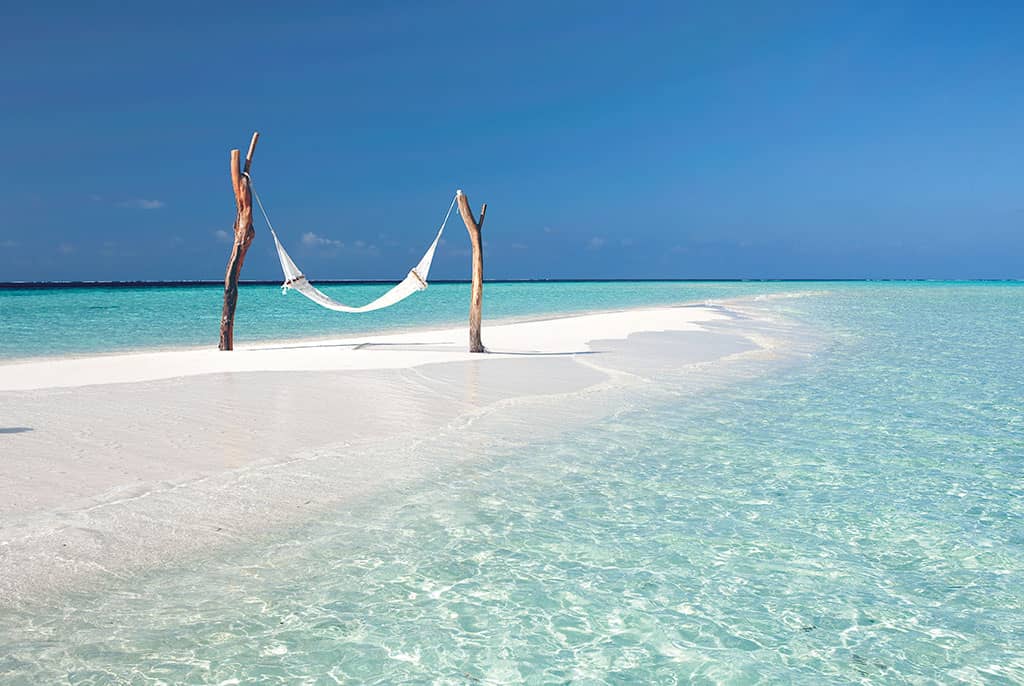
Constance Moofushi Resort, Maldives
Visiting the Maldives in the sun
The north-eastern monsoon from December to March is the Maldives’ dry season with low rainfall and lots of sun. The ideal time for sun worshippers to visit, and this is the peak season in the Maldives, as many people come for winter sun. This is also when the beautiful manta rays pass through the waters of the Ari Atoll, a stunning treat for divers and snorkelers.
The wet season of monsoon in the Maldives
The wetter south-western monsoon from May to November is the low season. During this time, the weather is unpredictable, with storms and rain that can last for a few days or be brief. This causes the water to be murky and choppy, making it less suitable for underwater activities
However,this unstable weather brings with it slightly windier conditions making it the perfect time for sailing, windsurfing, and surfing. It is also a great time for divers to see whale sharks and grey reef sharks and for fishing some of the larger game fish.
On top of that, fewer tourists come to the archipelago, which makes it the ideal time if you want to avoid the crowd.
April, an ideal month to be in the Maldives
April, which falls in the transition between the monsoons, is predominantly dry with hot temperatures and warm clear waters making it the optimum month for a wide range of water sports including diving and snorkelling in the Maldives.
When to visit Madagascar
When contemplating the perfect time to visit Madagascar, rest assured that there is an abundance of activities and sights to enjoy in Madagascar all year round. The diverse offerings of Madagascar mean there’s no distinct good or bad time to explore; rather, each season presents different opportunities for unique experiences.
For an unparalleled retreat amidst Madagascar’s natural wonders, consider the exquisite Constance Tsarabanjina resort. Nestled in this unique destination, the resort offers a luxurious haven for those seeking an immersive experience.
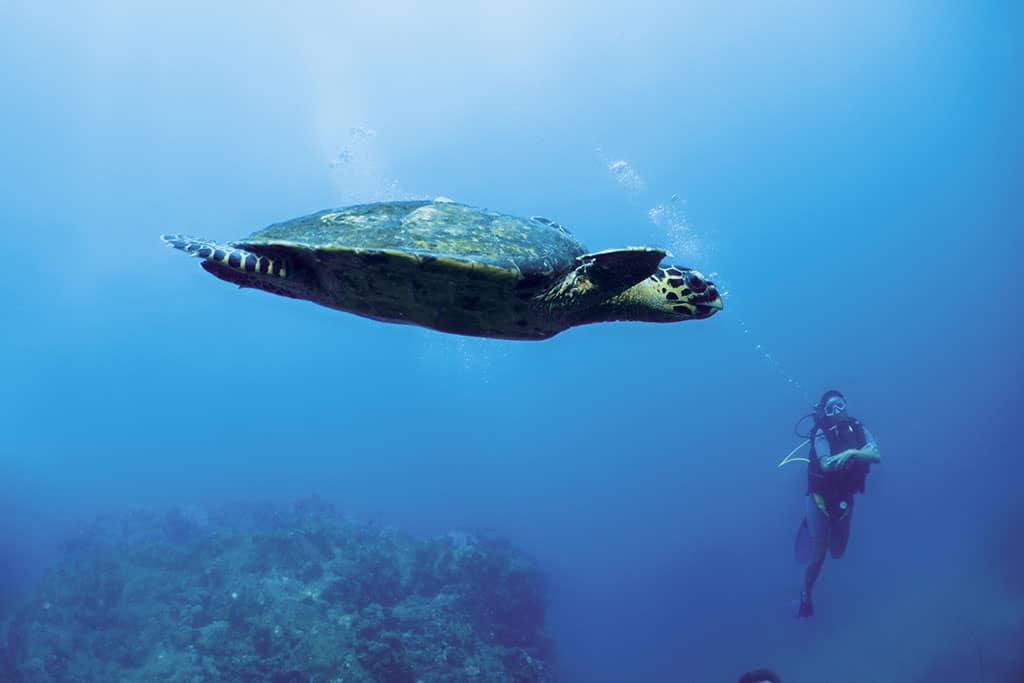
‘Defying gravity’ in the Indian Ocean
Best time for hiking, wildlife viewing and water sports in Madagascar
For those wanting to explore the island’s beautiful interior and extraordinary wildlife the cool, the dry winter months from May to September are the ideal time to visit. During this time of the year, the roads are dryer and the conditions are perfect for hiking, wildlife viewing and water sports.
Some parks and regions may have different peak seasons depending on their climate and attractions. For example, orchids bloom from January to March, and birdwatching is best from September to December. It is the time in Madagascar when much of the wildlife becomes more active after the winter months. This is the breeding season for many birds as well as many species of lemur.
Those hoping to catch sight of a humpback or sperm whale, however, should visit during July and August.
September to December is also the time on Madagascar when much of the wildlife becomes more active after the winter months. This is the breeding season for many birds as well as many species of lemur.
For divers and snorkelers the months of October to December and April and May are the best with the highest visibility. Those hoping to catch sight of a humpback or sperm whale in Madagascar, however, should visit during July and August.
The best time to sunbathe in Madagascar
If you’re looking for warm, dry conditions for a relaxing beach holiday then September to December is when the island begins to heat up after the cool, dry winter months but before the increased heat of the rainy season kicks in. Another great month for sunbathers is April as the cyclones of January – March recedes but the summer warmth continues.
Read more about Constance Hotels & Resorts
- Find out more about our hotels and resorts in all these destinations on our website: Constance Hotels & Resorts

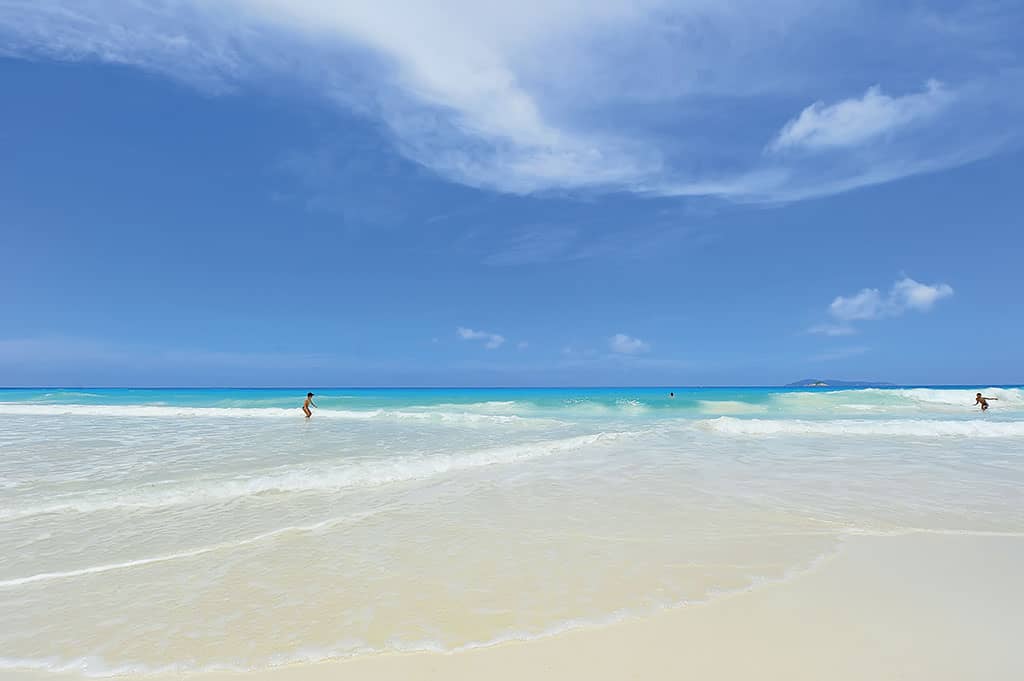
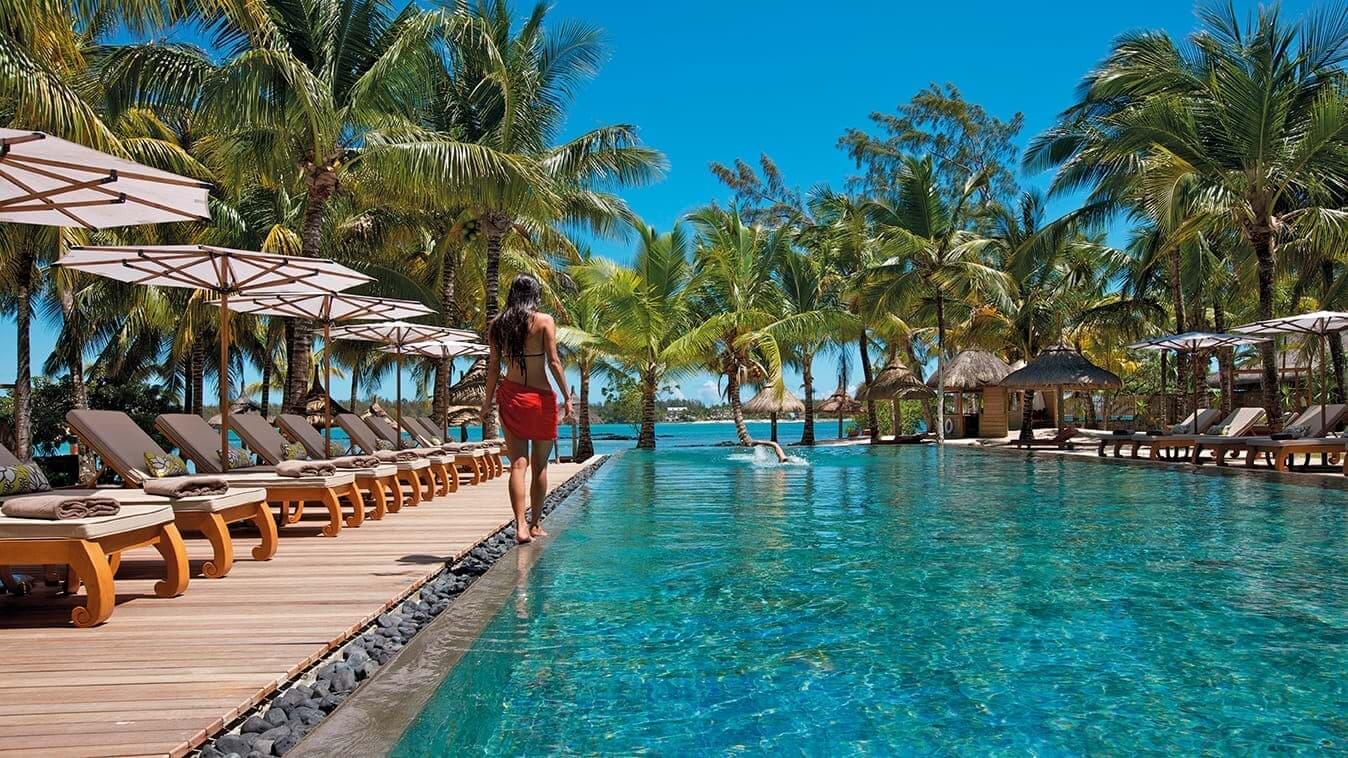

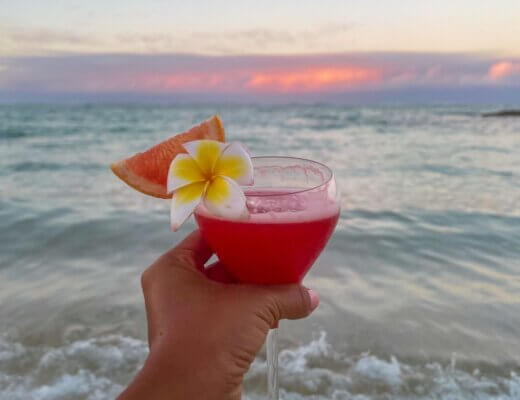
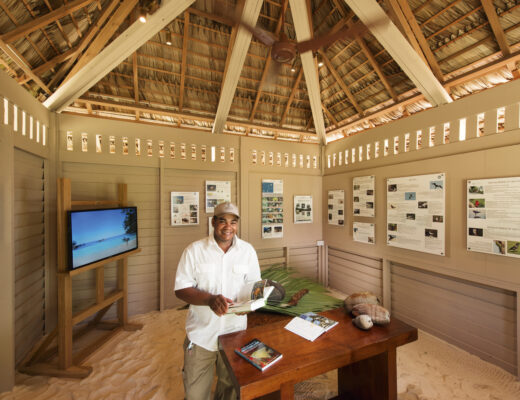
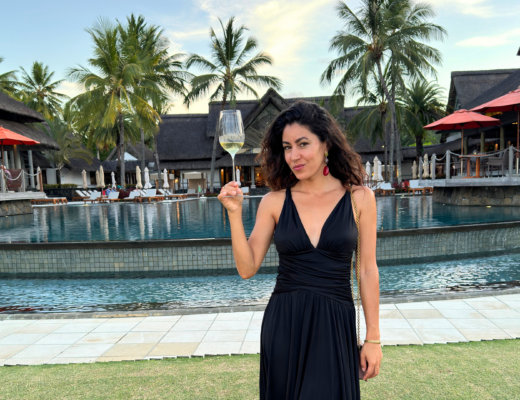
No Comments